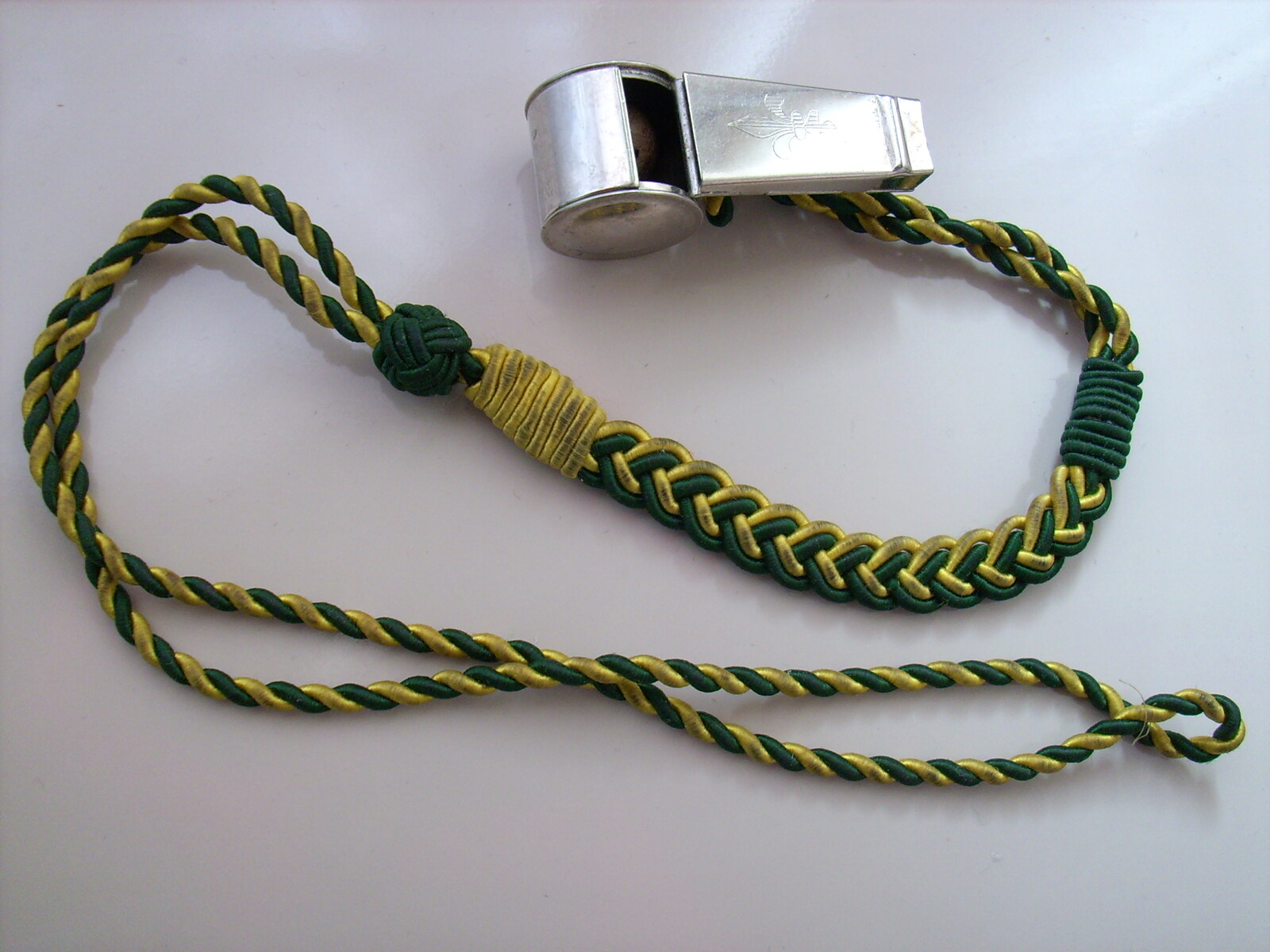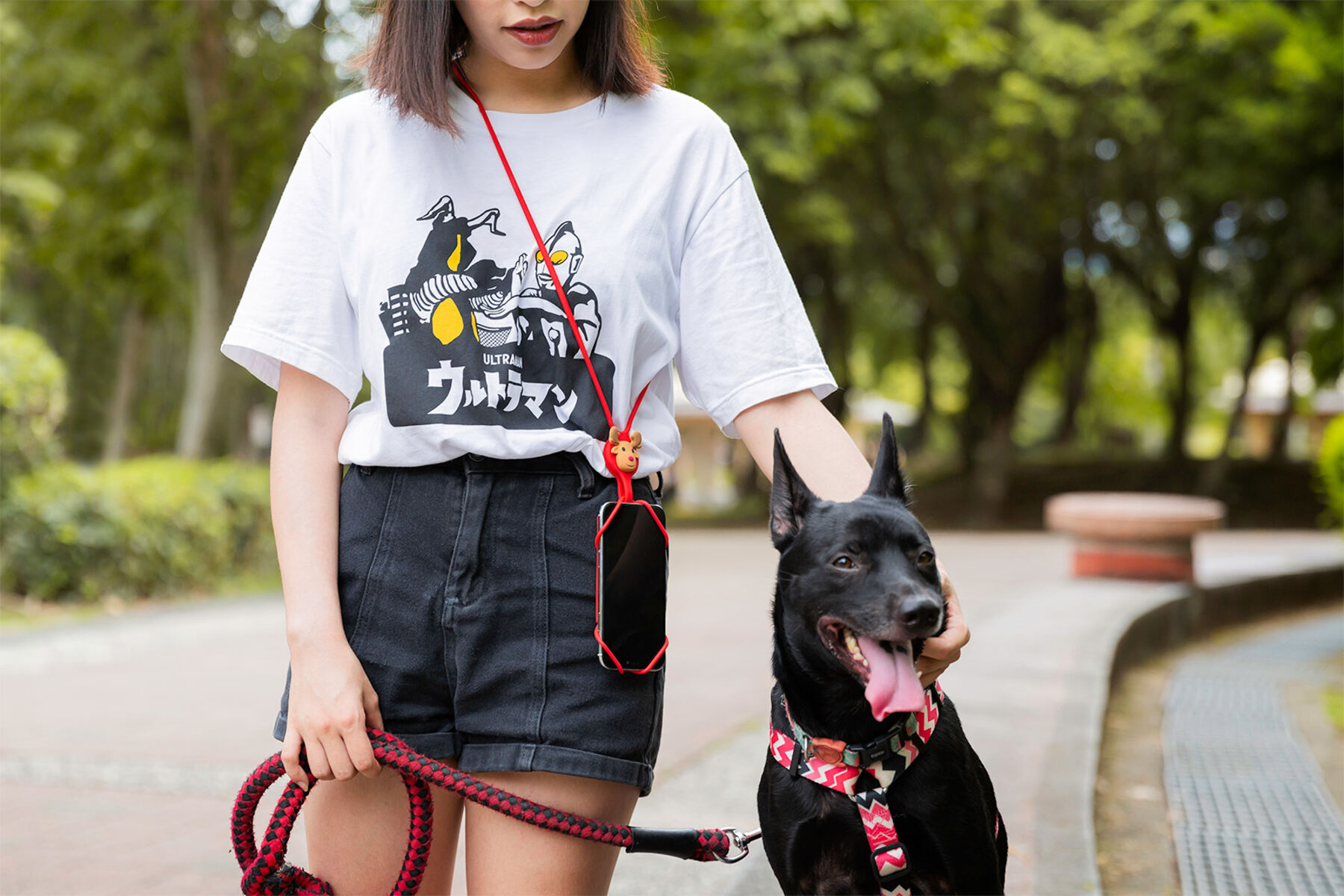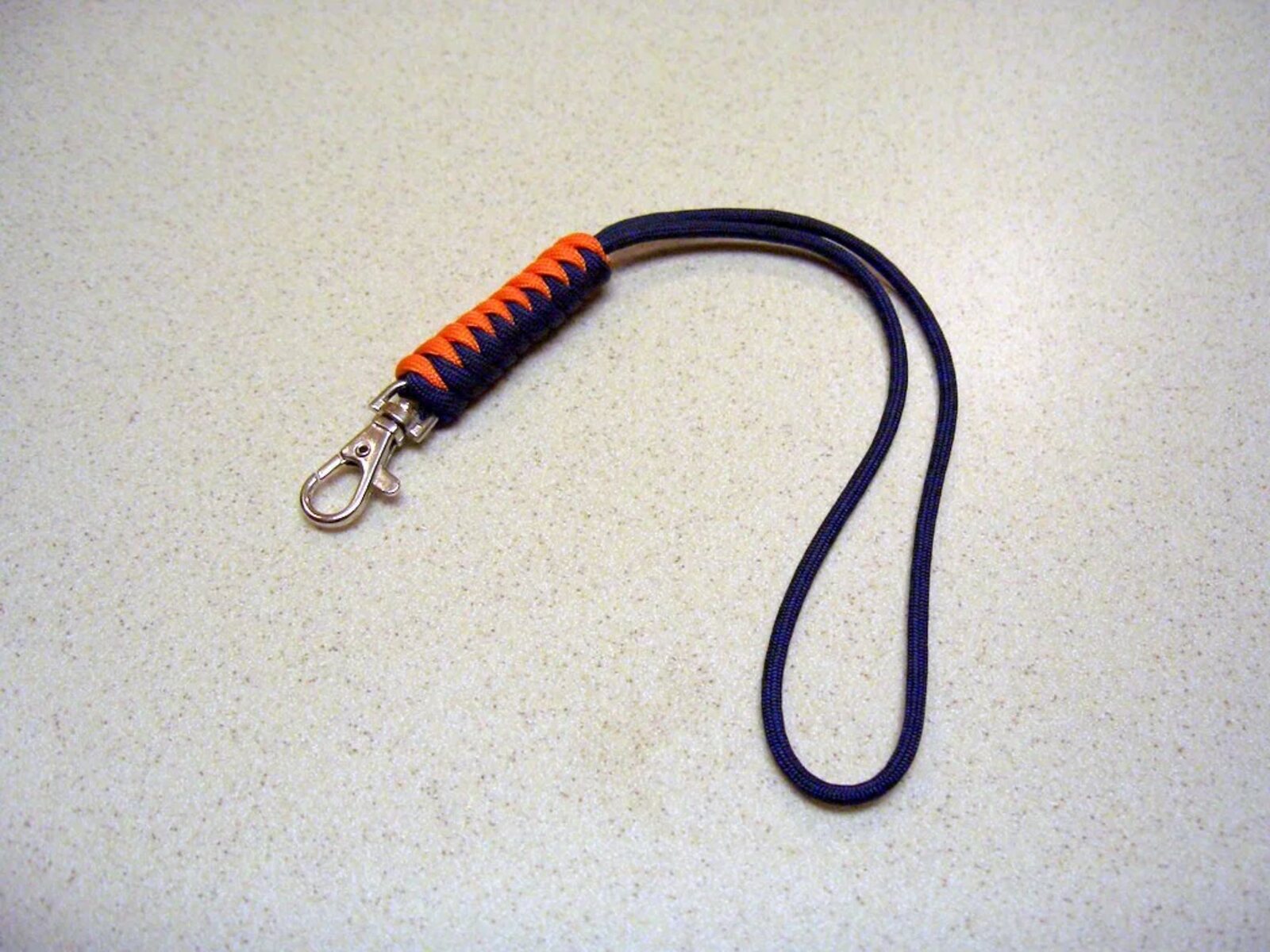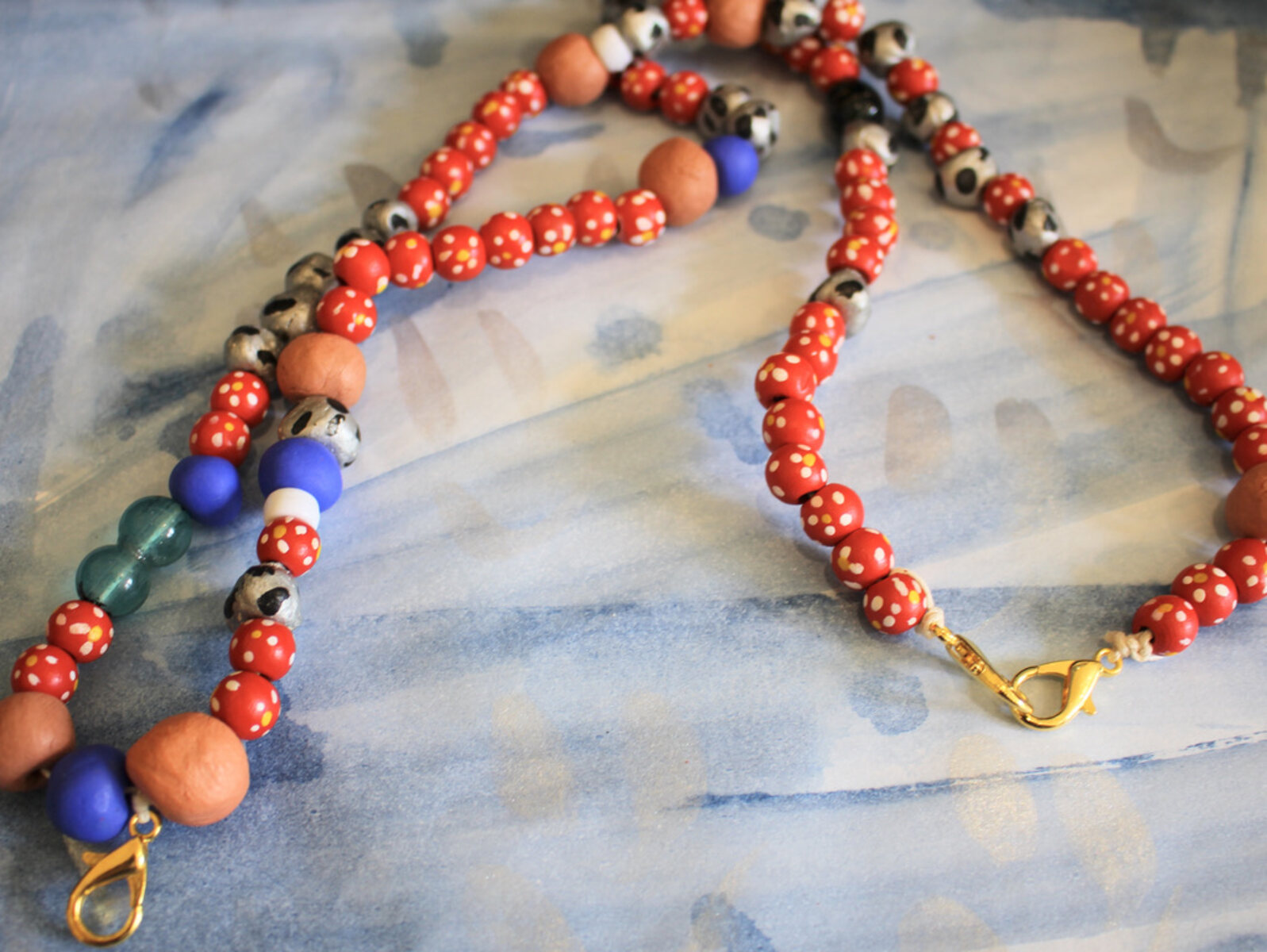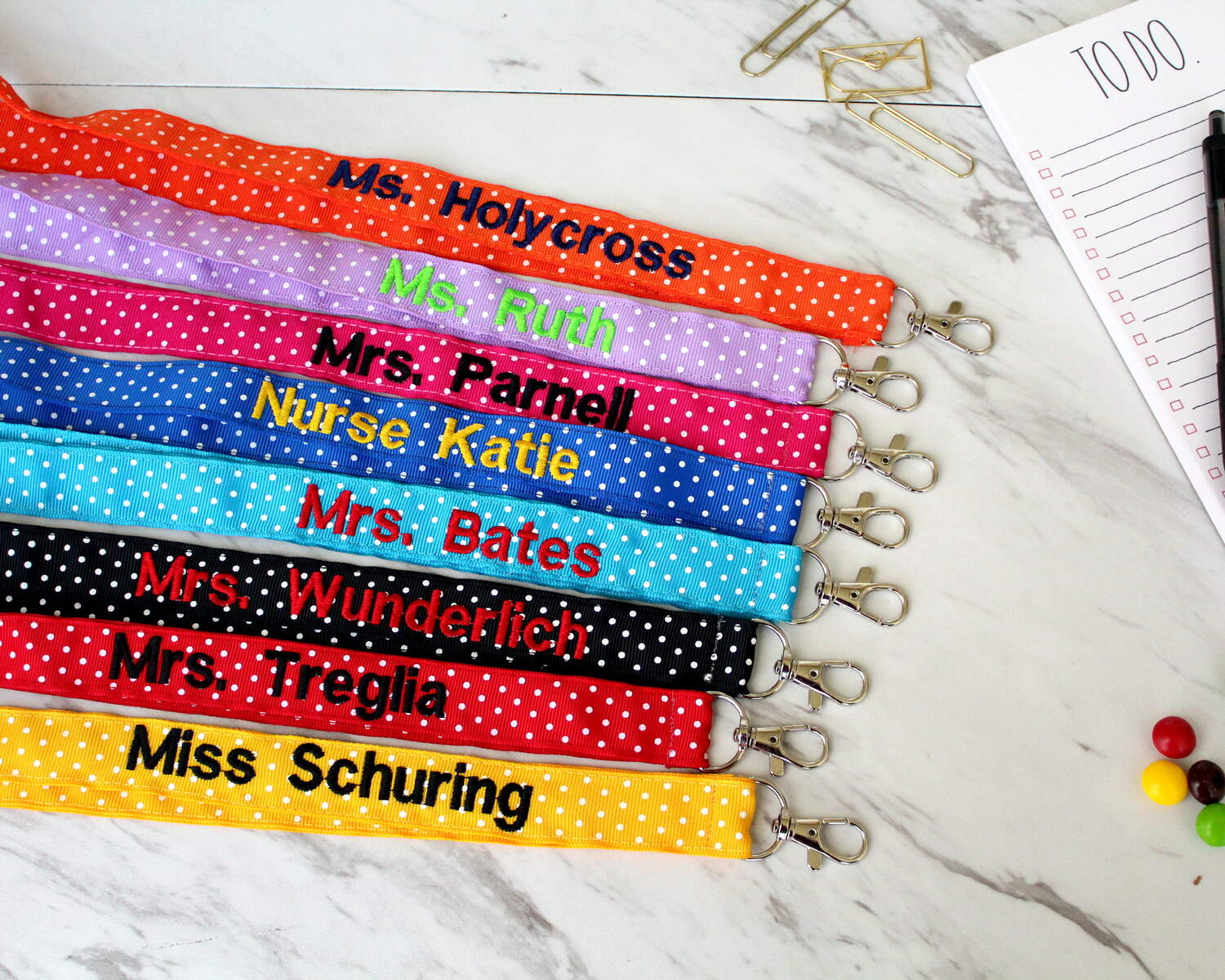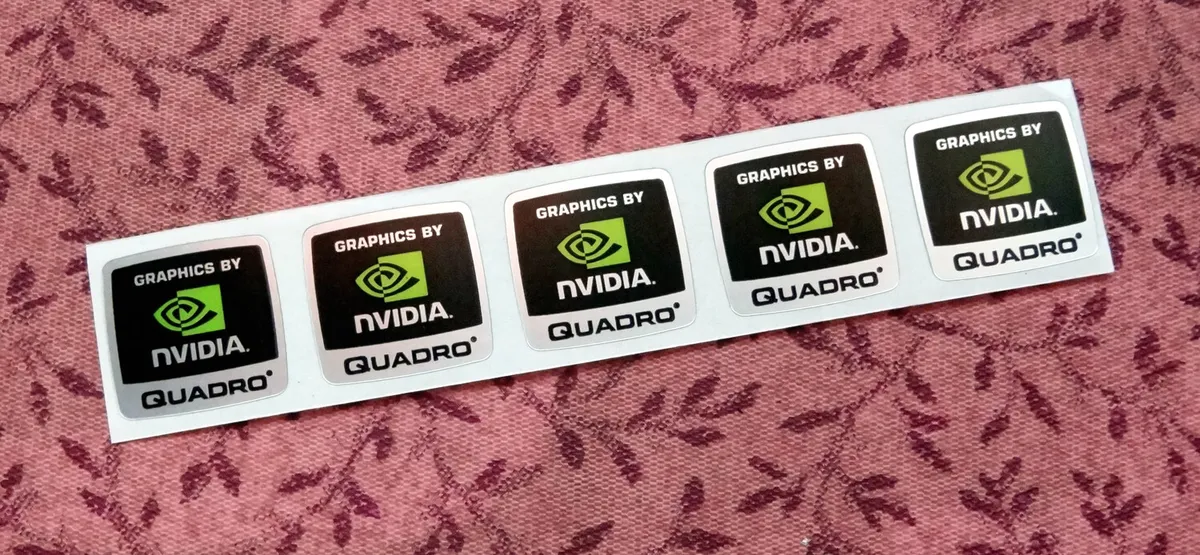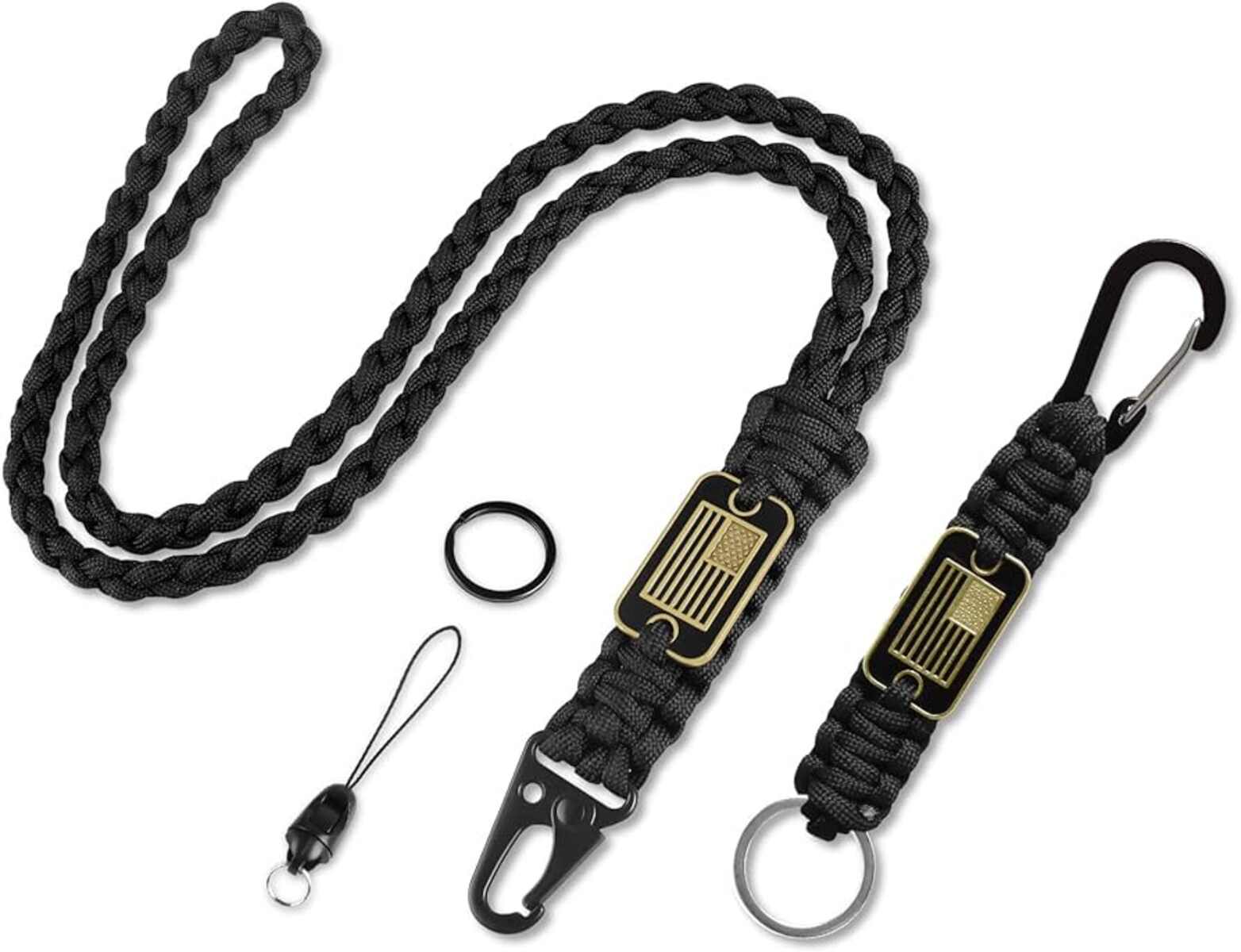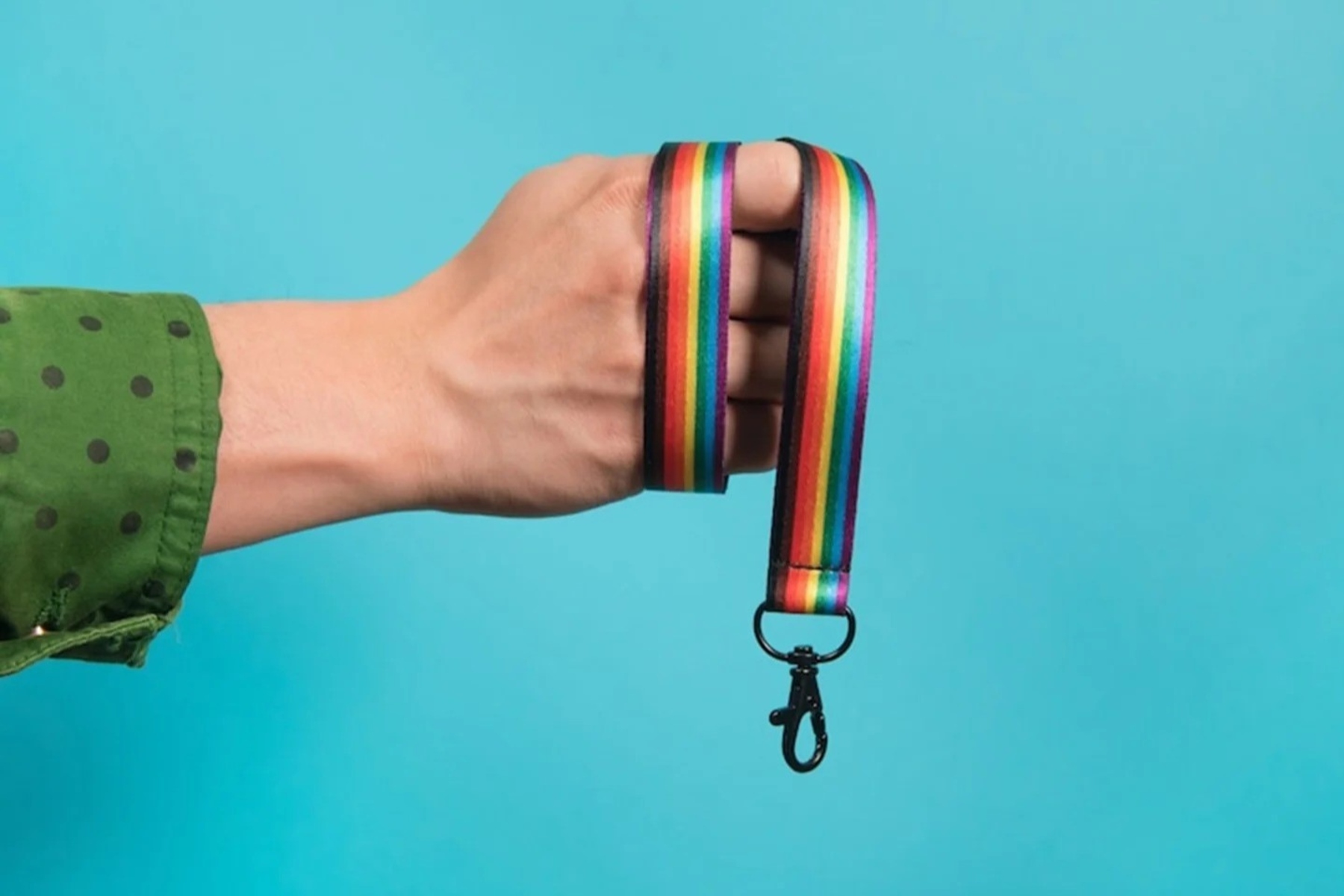Introduction
Lanyards are versatile accessories that have become an integral part of our daily lives. From holding identification cards at work to securing keys and electronic devices, lanyards offer both functionality and style. Understanding the standard dimensions of lanyards is crucial for selecting the right one for specific needs. This comprehensive guide will delve into the key factors to consider when choosing lanyards, including length, width, material, attachment options, breakaway features, and customization options.
Lanyards come in various lengths, widths, and materials, each serving different purposes. By exploring these dimensions, we can gain a deeper understanding of how lanyards can be tailored to meet individual requirements. Whether it's for corporate use, promotional events, or personal preferences, grasping the nuances of lanyard dimensions empowers users to make informed decisions.
The length of a lanyard is a critical aspect to consider. It determines how the lanyard will hang when worn around the neck or across the body. Additionally, the width of the lanyard impacts its visibility and comfort when worn. The material of the lanyard not only affects its durability but also contributes to its aesthetic appeal. Moreover, the attachment options and breakaway features play a significant role in the lanyard's functionality and safety.
Furthermore, the customization options available for lanyards allow for personalization to align with specific branding or individual preferences. By understanding these standard dimensions, users can make educated choices that cater to their unique needs.
In the subsequent sections, we will explore each dimension in detail, shedding light on the considerations that go into selecting the ideal lanyard for various purposes. Whether you are a professional seeking lanyards for your staff, an event organizer looking for promotional materials, or an individual in need of a reliable lanyard for personal use, this guide will equip you with the knowledge to make well-informed decisions. Let's delve into the world of lanyards and unravel the significance of their standard dimensions.
Length
The length of a lanyard is a fundamental aspect that directly impacts its functionality and aesthetics. Lanyards are available in various standard lengths, typically ranging from 36 to 42 inches. The most common length for a lanyard is 36 inches, which allows the item attached to it to hang around the chest area when worn. However, longer lengths, such as 42 inches, offer the flexibility for the lanyard to be worn across the body, providing added security and convenience.
When selecting a lanyard, it's essential to consider the intended use and the items it will hold. For instance, in professional settings where lanyards are used to display identification cards, a standard 36-inch length might be suitable for most individuals. This length allows the ID to be clearly displayed for easy verification while maintaining a professional appearance.
On the other hand, longer lanyards, such as the 42-inch variant, are often preferred for events and activities where individuals need to access their cards or badges frequently. The extra length enables the card to be easily swiped or presented without the need to remove the lanyard from around the neck. This can be particularly convenient in busy environments, such as conferences or trade shows, where efficiency is paramount.
Moreover, the length of a lanyard can also influence its style and visual impact. For those seeking a more fashion-forward or statement-making accessory, longer lanyards offer the opportunity to showcase unique designs and branding more prominently. Additionally, longer lanyards can be worn in diverse styles, allowing for individual expression and creativity in accessorizing.
It's worth noting that adjustable lanyards are also available, offering the versatility to modify the length based on specific preferences. This feature is particularly beneficial for accommodating different wearing styles or for individuals of varying heights. The ability to customize the length adds an extra layer of convenience and adaptability to the lanyard, making it suitable for a broader range of users.
In summary, the length of a lanyard plays a pivotal role in determining its practicality, style, and suitability for different scenarios. By understanding the significance of lanyard length, individuals can make informed choices that align with their specific needs and preferences. Whether for professional, promotional, or personal use, the length of a lanyard is a crucial dimension that should be carefully considered to ensure optimal functionality and visual appeal.
Width
The width of a lanyard is a defining characteristic that influences both its visual impact and practical functionality. Lanyards are available in various standard widths, typically ranging from 3/8 inch to 1 inch. The width of a lanyard not only contributes to its overall appearance but also affects its comfort when worn and its capacity to hold items securely.
A lanyard with a 3/8-inch width is considered slim and lightweight, making it an ideal choice for those seeking a subtle and unobtrusive accessory. This width is commonly favored in professional settings where a minimalist and professional look is desired. Additionally, slim lanyards are often preferred for holding lightweight items such as ID cards or small keys, offering a streamlined and inconspicuous solution for everyday use.
On the other hand, wider lanyards, typically 1 inch in width, make a bolder statement and offer increased visibility for branding and design elements. These broader lanyards provide a larger surface area for logos, slogans, or custom artwork, making them an effective promotional tool at events, trade shows, or corporate gatherings. The enhanced visibility of wider lanyards can significantly contribute to brand recognition and visibility, serving as a practical and eye-catching marketing medium.
Moreover, the width of a lanyard directly impacts its comfort when worn. Wider lanyards distribute the weight of attached items more evenly across the neck, reducing strain and discomfort, especially when wearing the lanyard for extended periods. This is particularly important in professional environments where individuals may need to wear lanyards throughout the workday.
Additionally, the width of a lanyard can influence its durability and strength. Wider lanyards are often constructed with reinforced materials, enhancing their resilience and ensuring they can withstand the rigors of daily use. This makes wider lanyards a preferred choice for holding heavier items or for individuals seeking a long-lasting and reliable accessory.
In summary, the width of a lanyard is a crucial dimension that impacts its visual appeal, comfort, and practicality. By understanding the significance of lanyard width, individuals can make informed decisions when selecting lanyards for professional, promotional, or personal use. Whether seeking a discreet and lightweight option or a bold and durable accessory, the width of a lanyard is a key consideration that should align with specific needs and preferences.
Material
The material of a lanyard is a crucial factor that directly influences its durability, appearance, and overall functionality. Lanyards are commonly crafted from a variety of materials, each offering distinct advantages and aesthetic qualities. The choice of material plays a significant role in determining the lanyard's suitability for specific applications and its ability to withstand daily wear and tear.
One of the most prevalent materials used for lanyards is polyester. Polyester lanyards are favored for their exceptional durability, making them well-suited for long-term use in various settings. These lanyards are resistant to stretching and fading, ensuring that they maintain their integrity even after prolonged use. Additionally, polyester lanyards are available in a wide range of colors, allowing for vibrant and eye-catching designs that are ideal for promotional or branding purposes.
Nylon lanyards are another popular choice, known for their soft texture and smooth finish. These lanyards offer a comfortable wearing experience, making them suitable for extended use in professional environments. Nylon lanyards are also highly customizable, allowing for intricate designs and detailed branding to be prominently displayed. Furthermore, nylon's inherent strength and resilience make these lanyards a reliable option for securing valuable items such as access cards or electronic devices.
For those seeking an eco-friendly option, lanyards made from bamboo or recycled materials are increasingly available. These sustainable lanyards offer a greener alternative while maintaining durability and functionality. The use of environmentally friendly materials aligns with the growing emphasis on sustainability and corporate social responsibility, making these lanyards a preferred choice for eco-conscious organizations and individuals.
In addition to traditional materials, lanyards crafted from woven or tubular fabric provide a unique and tactile appeal. Woven lanyards feature intricate designs and patterns woven directly into the fabric, creating a distinctive and professional look. Tubular lanyards, on the other hand, offer a soft and pliable texture, enhancing comfort while maintaining strength and durability.
Furthermore, the material of a lanyard can also impact its ability to withstand external elements. For outdoor or rugged environments, lanyards made from durable materials such as nylon or woven fabric may be preferred for their resilience against moisture and abrasion.
In essence, the material of a lanyard is a critical consideration that influences its longevity, comfort, and visual appeal. By understanding the characteristics of different materials, individuals can make informed decisions when selecting lanyards for specific applications. Whether prioritizing durability, comfort, sustainability, or customization, the choice of material significantly contributes to the overall quality and suitability of the lanyard for diverse needs.
Attachment Options
The attachment options available for lanyards play a pivotal role in determining their functionality and versatility. These options encompass a range of attachments and connectors designed to securely hold and display items such as ID cards, badges, keys, and electronic devices. Understanding the diverse attachment options empowers individuals to select lanyards that align with their specific needs and preferences.
One of the most common attachment options is the swivel hook, which features a rotating base that allows attached items to move freely without tangling the lanyard. This feature is particularly beneficial for ID cards or badges that need to be presented or swiped frequently, as it ensures smooth and unhindered movement. Swivel hooks are widely favored for their practicality and ease of use in various professional and event settings.
In addition to swivel hooks, lanyards often feature split key rings or bulldog clips as attachment options. Split key rings provide a simple and secure method for holding keys or small items, offering convenience for individuals who require easy access to their belongings. Bulldog clips, on the other hand, provide a firm grip for attaching ID cards or badges, ensuring that they remain securely in place during daily activities.
For those seeking a more versatile attachment option, breakaway connectors offer added safety and convenience. Breakaway connectors are designed to release under pressure, reducing the risk of injury or strangulation if the lanyard becomes caught or pulled forcefully. These connectors are commonly used in environments where safety is paramount, such as schools, healthcare facilities, or industrial settings.
Moreover, retractable badge reels are a popular attachment option for lanyards, particularly in professional environments. These reels allow for the extension and retraction of ID cards or badges, providing quick and effortless access when needed. The retractable feature minimizes the need to detach the lanyard from the neck, enhancing efficiency and practicality in daily use.
Furthermore, carabiner attachments offer a robust and secure option for holding items such as water bottles, tools, or electronic devices. The spring-loaded gate of the carabiner provides a reliable closure, ensuring that attached items remain firmly in place during various activities. This attachment option is well-suited for outdoor or active settings where secure attachment is essential.
By considering the diverse attachment options available for lanyards, individuals can tailor their choices to suit specific requirements, whether for professional, promotional, or personal use. The functionality, safety, and convenience offered by these attachment options contribute to the overall utility and effectiveness of lanyards in various settings.
Breakaway Feature
The breakaway feature is a crucial element of lanyard design that prioritizes safety and risk mitigation. This innovative feature consists of a quick-release mechanism that allows the lanyard to detach when subjected to a certain amount of force or tension. The breakaway feature is designed to reduce the risk of injury or accidents that may occur if the lanyard becomes entangled or caught on objects.
In environments where lanyards are worn regularly, such as schools, healthcare facilities, or industrial settings, the breakaway feature serves as a proactive safety measure. In the event that the lanyard is pulled forcefully or becomes entangled, the breakaway feature ensures that it releases quickly and safely, minimizing the risk of injury or strangulation. This is particularly important in settings where the wearer may be in close proximity to machinery, equipment, or other potential hazards.
The implementation of breakaway connectors underscores a commitment to safety and duty of care, especially in organizations and institutions where the well-being of individuals is paramount. By incorporating this feature into lanyard design, organizations demonstrate their proactive approach to mitigating potential risks and ensuring the safety of their staff, students, or personnel.
Furthermore, the breakaway feature offers peace of mind to individuals who wear lanyards in various settings. Whether in busy crowds, active environments, or during physical activities, the breakaway feature provides an added layer of protection, reducing the likelihood of accidents or injuries resulting from the lanyard becoming caught or pulled unexpectedly.
In addition to its safety benefits, the breakaway feature also enhances the practicality and convenience of lanyards. It allows for quick and easy removal of the lanyard when necessary, facilitating efficient access to attached items without the need to remove the lanyard from around the neck. This feature is particularly valuable in professional settings where individuals may need to present ID cards or access keys frequently.
Overall, the breakaway feature is a vital component of lanyard design that prioritizes safety, risk mitigation, and practicality. By incorporating this feature into lanyards, organizations and individuals demonstrate a proactive approach to ensuring the well-being of wearers in diverse environments. The breakaway feature embodies a commitment to safety and convenience, making it an essential consideration when selecting lanyards for various applications.
Customization Options
Customization options for lanyards offer a myriad of possibilities for individuals and organizations to personalize these accessories according to their unique preferences and branding requirements. From custom colors and patterns to personalized logos and text, the ability to tailor lanyards to specific specifications adds a distinctive touch and enhances their visual appeal.
One of the primary customization options for lanyards is the selection of colors. Lanyards are available in a wide spectrum of hues, allowing for seamless integration with corporate branding, event themes, or personal style preferences. Whether opting for a single solid color, a combination of complementary shades, or vibrant patterns, the choice of colors enables individuals to create lanyards that resonate with their desired aesthetic.
Furthermore, customization extends to the inclusion of logos, slogans, or text on the lanyard fabric. This branding opportunity serves as a powerful promotional tool for businesses, organizations, and event organizers. By imprinting company logos, event names, or motivational messages onto lanyards, these accessories become a tangible and visible representation of the associated entity, fostering brand recognition and identity.
In addition to visual customization, the material and texture of lanyards can also be tailored to meet specific preferences. Woven lanyards, for instance, offer a distinct tactile quality and allow for intricate designs to be woven directly into the fabric, creating a professional and refined appearance. Similarly, the choice of materials, such as durable polyester or eco-friendly options, provides further customization possibilities to align with sustainability initiatives and environmental consciousness.
Moreover, the attachment options and accessories added to lanyards contribute to their customization. From detachable badge holders to retractable reels and specialized clips, these additional features enhance the functionality and adaptability of lanyards to suit specific needs. Customized attachments can cater to the practical requirements of different industries, such as healthcare, security, or hospitality, ensuring that lanyards are optimized for their intended purposes.
Overall, customization options for lanyards empower individuals and organizations to create personalized accessories that reflect their brand identity, values, and practical needs. By leveraging the diverse customization options available, lanyards transform into versatile and impactful tools that not only serve practical functions but also convey a distinct visual and symbolic representation of the wearer or associated entity.







